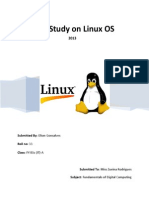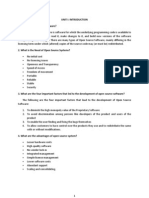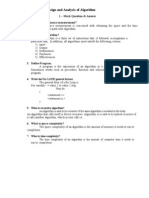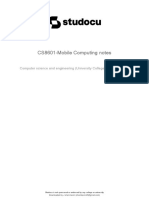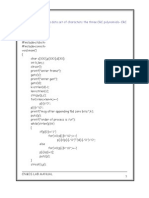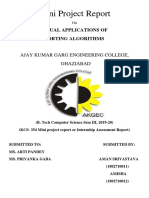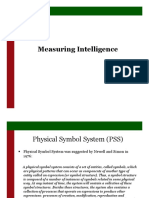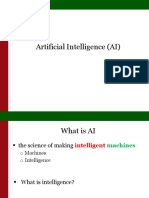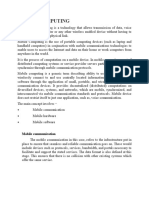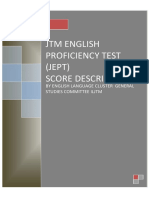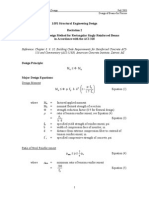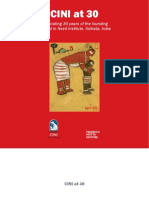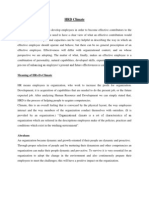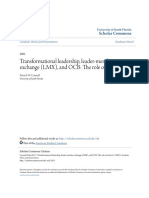88% found this document useful (8 votes)
14K views5 pagesUnix Case Study
UNIX is an operating system developed in the 1960s that remains widely used today. It provides a stable, multi-user environment and is highly portable across hardware. The document discusses UNIX's modular design, security features, graphical interfaces, popular versions like Solaris and Linux, and its layered architecture. UNIX manages processes, memory, I/O, and scheduling to allow simultaneous users and programs in a protected environment.
Uploaded by
romesh1998Copyright
© © All Rights Reserved
We take content rights seriously. If you suspect this is your content, claim it here.
Available Formats
Download as PDF, TXT or read online on Scribd
88% found this document useful (8 votes)
14K views5 pagesUnix Case Study
UNIX is an operating system developed in the 1960s that remains widely used today. It provides a stable, multi-user environment and is highly portable across hardware. The document discusses UNIX's modular design, security features, graphical interfaces, popular versions like Solaris and Linux, and its layered architecture. UNIX manages processes, memory, I/O, and scheduling to allow simultaneous users and programs in a protected environment.
Uploaded by
romesh1998Copyright
© © All Rights Reserved
We take content rights seriously. If you suspect this is your content, claim it here.
Available Formats
Download as PDF, TXT or read online on Scribd
/ 5



